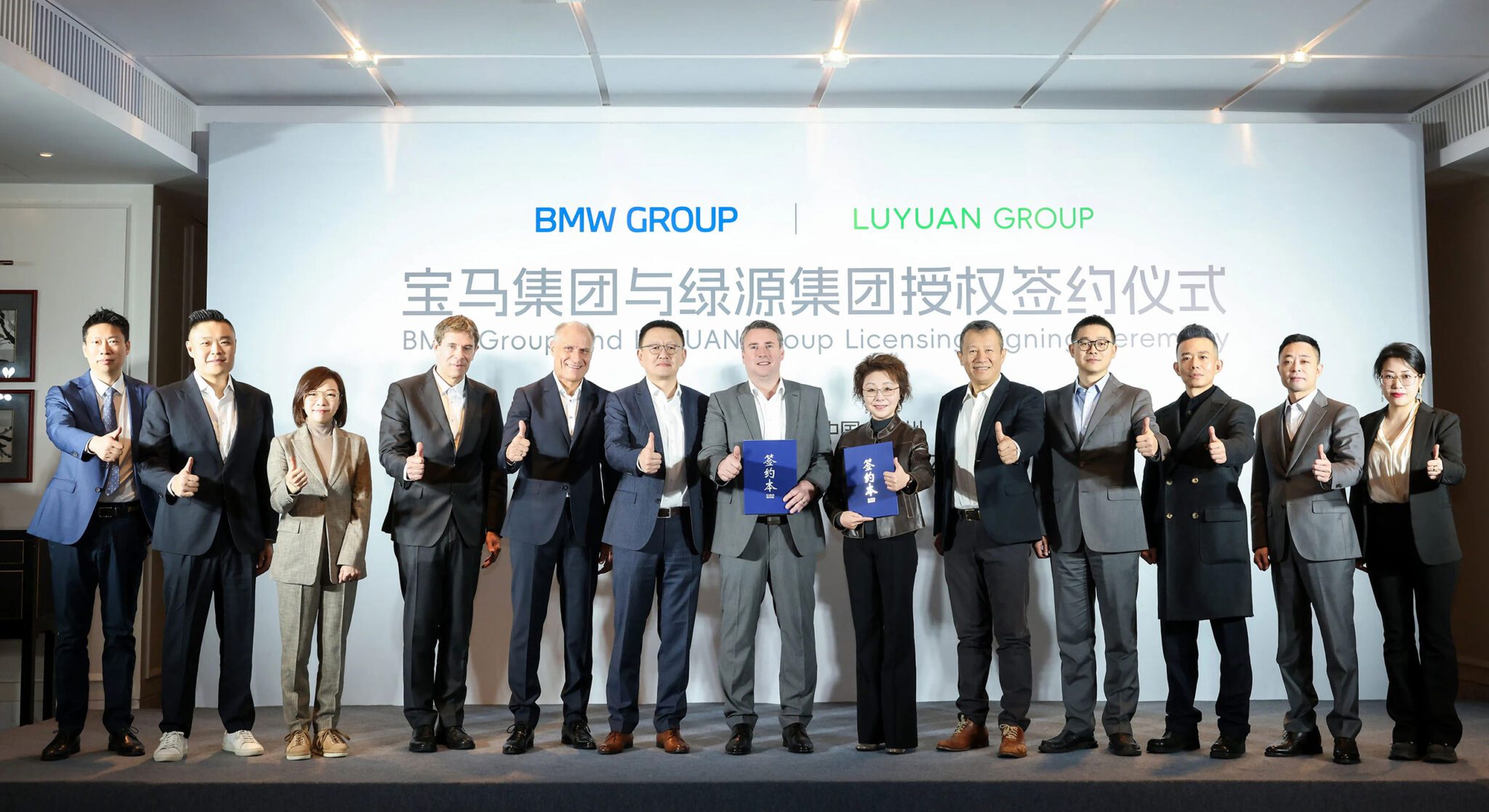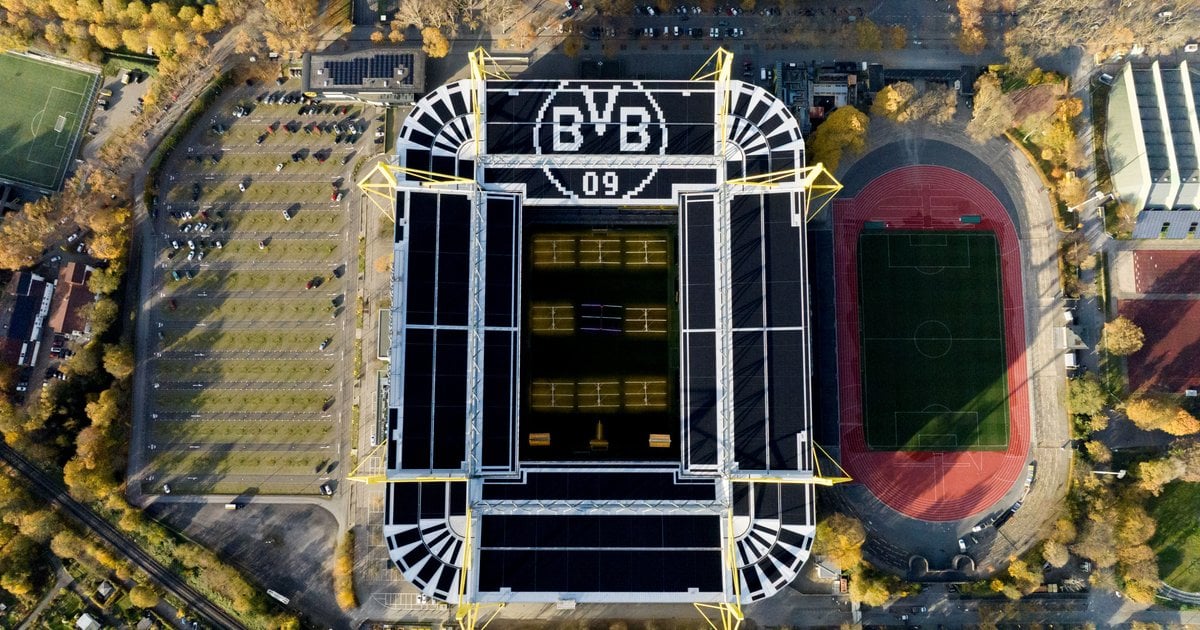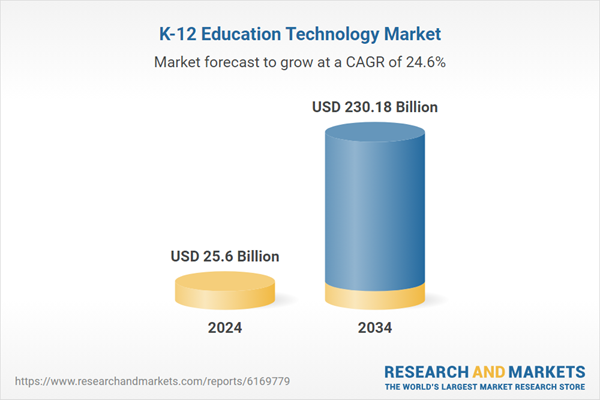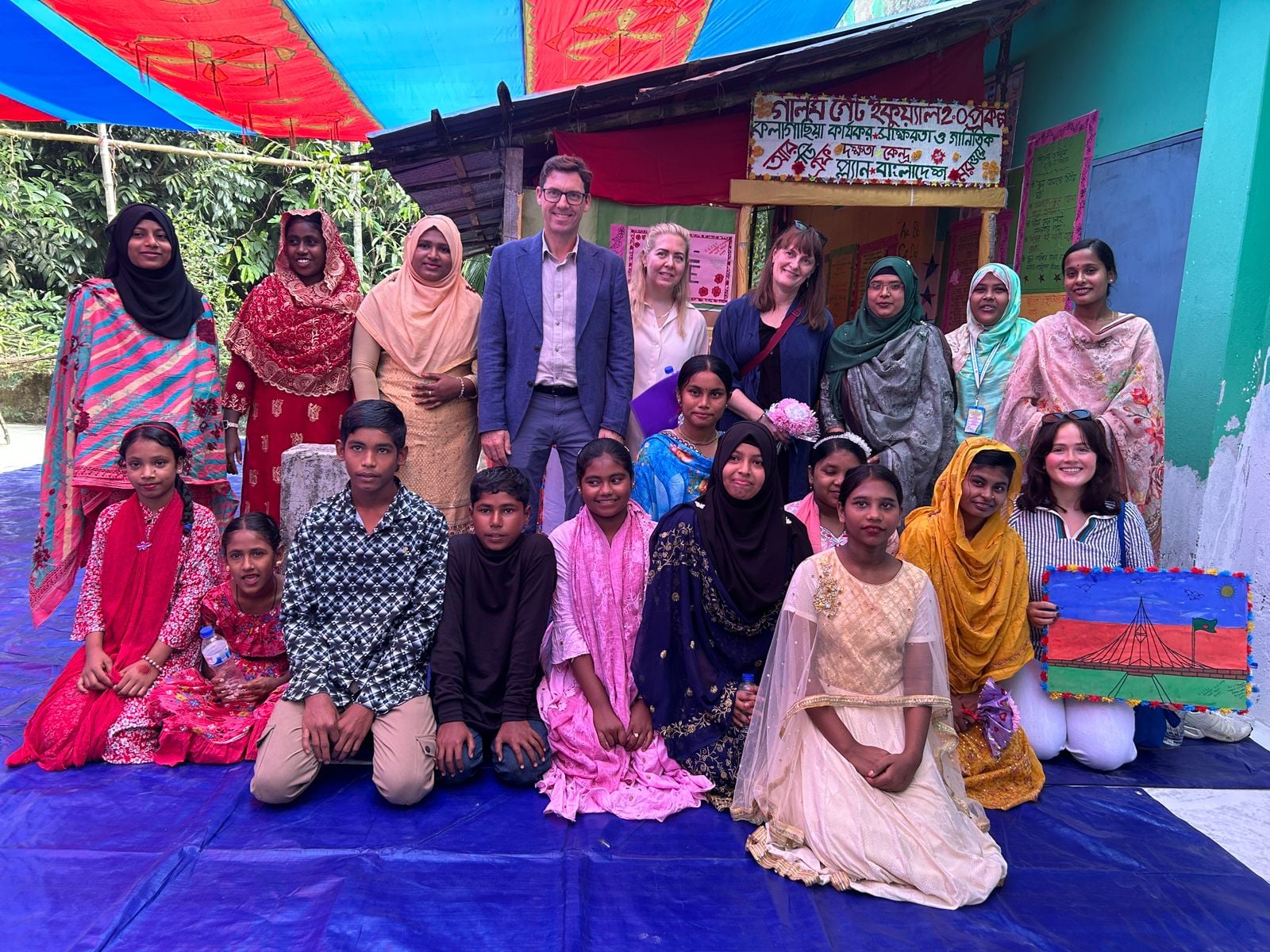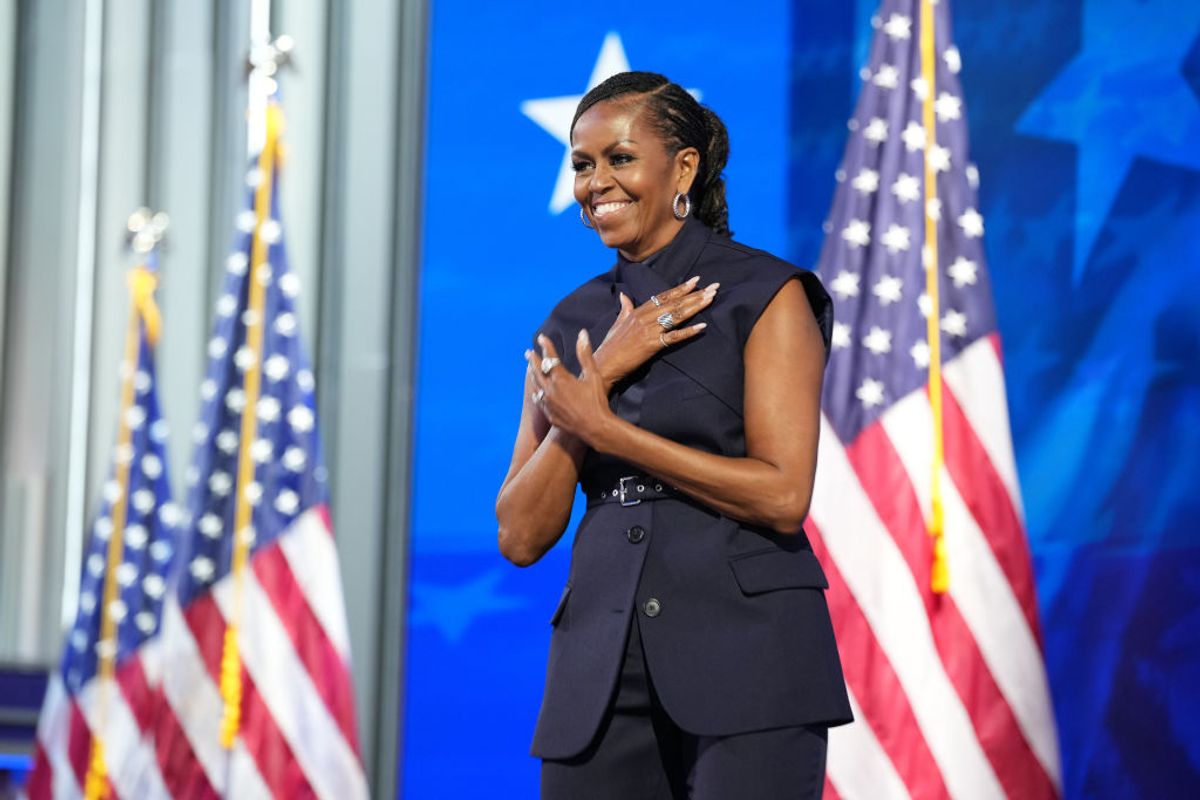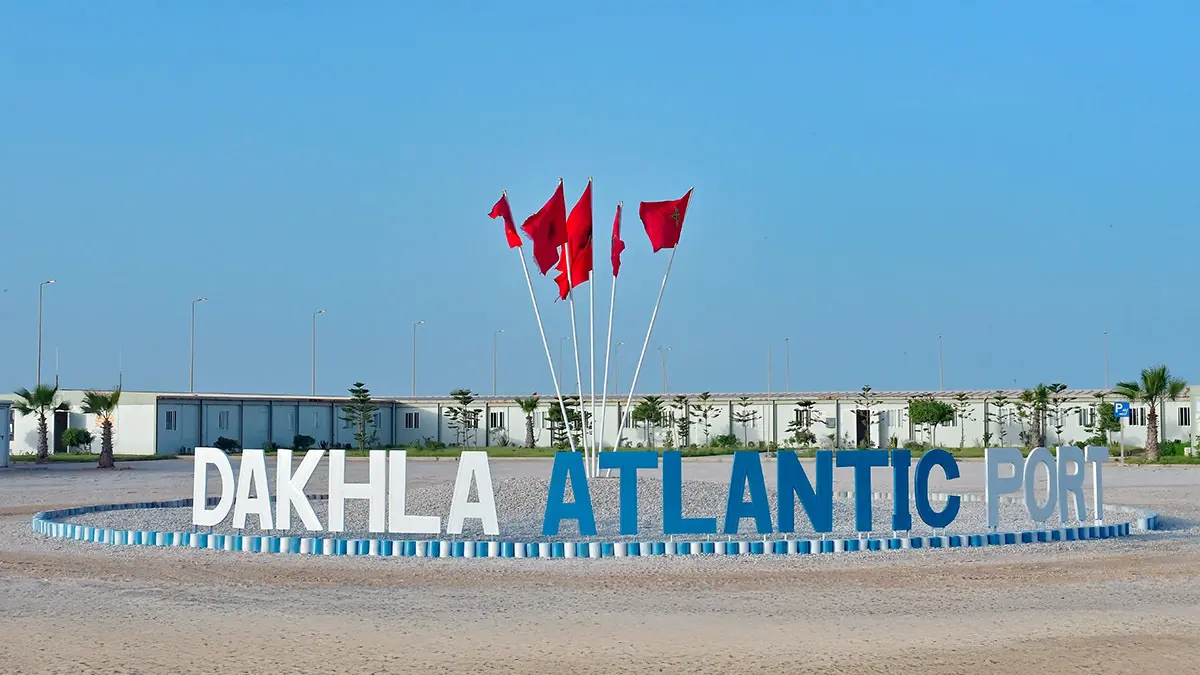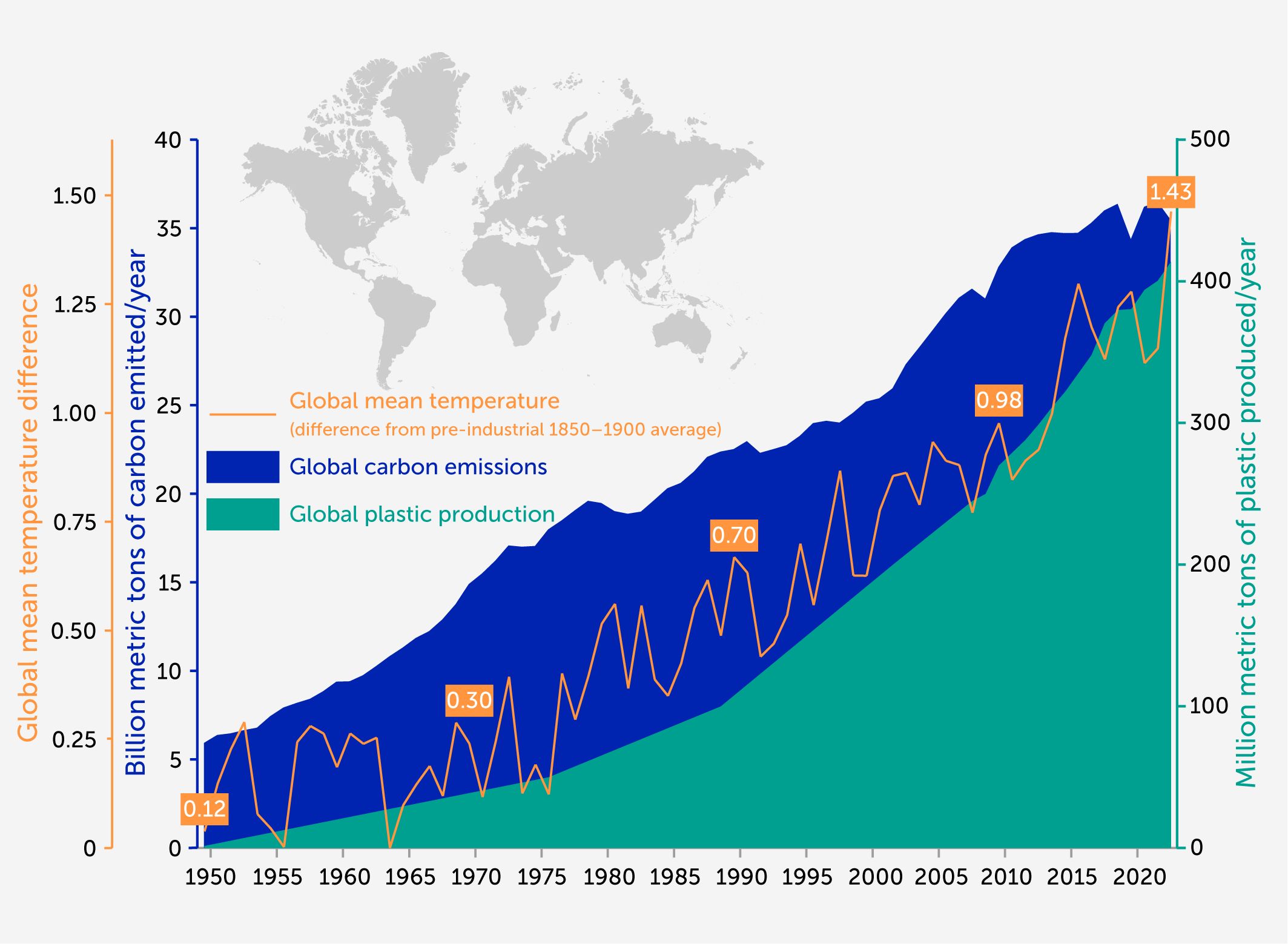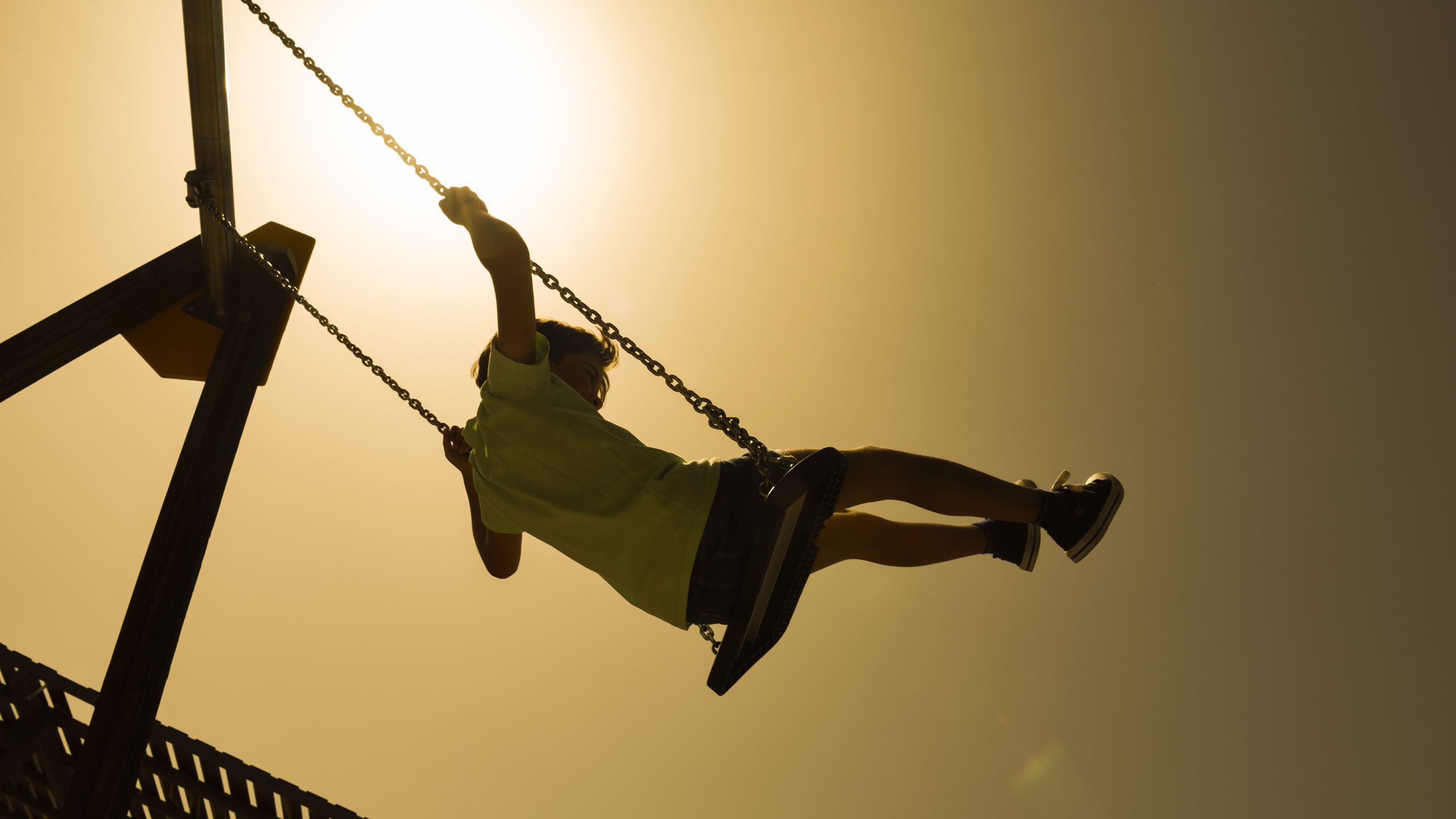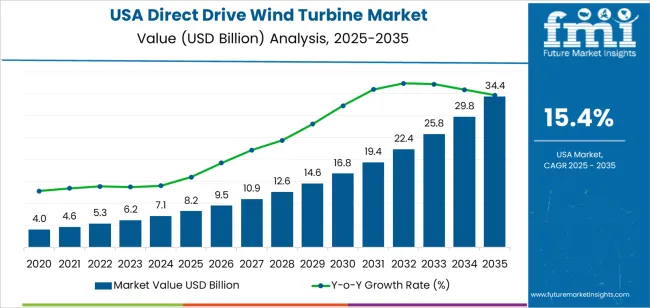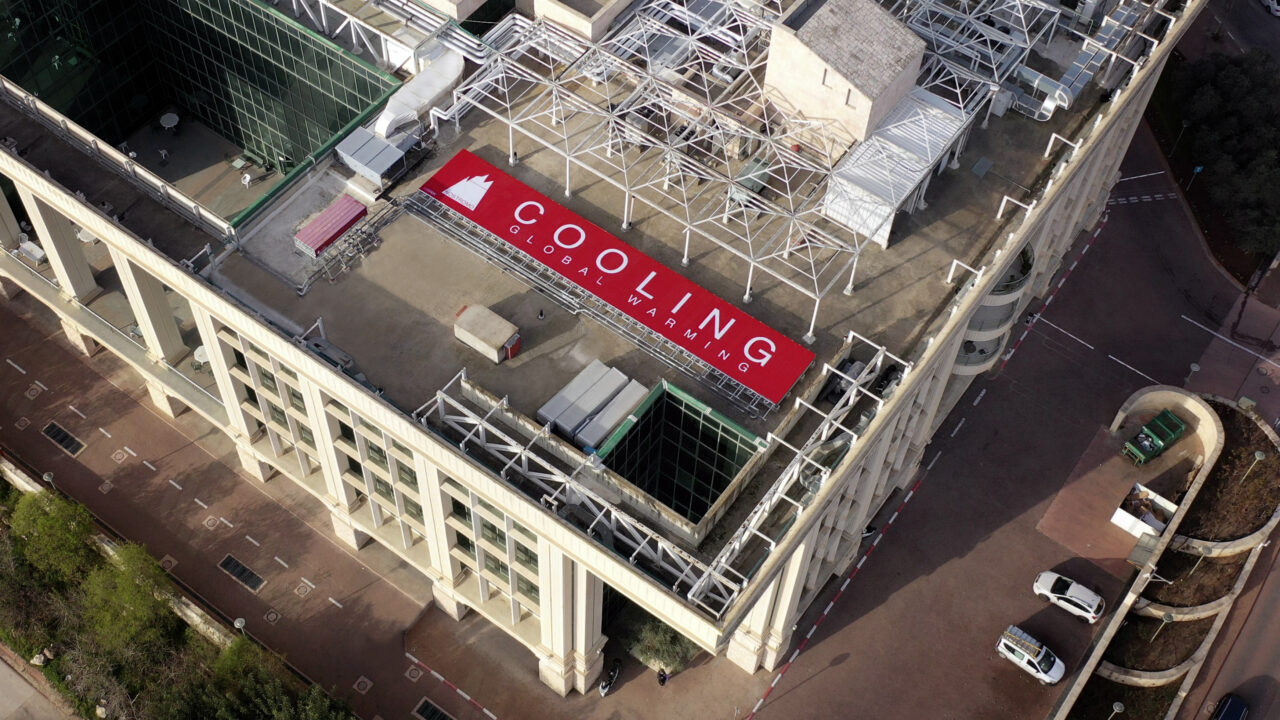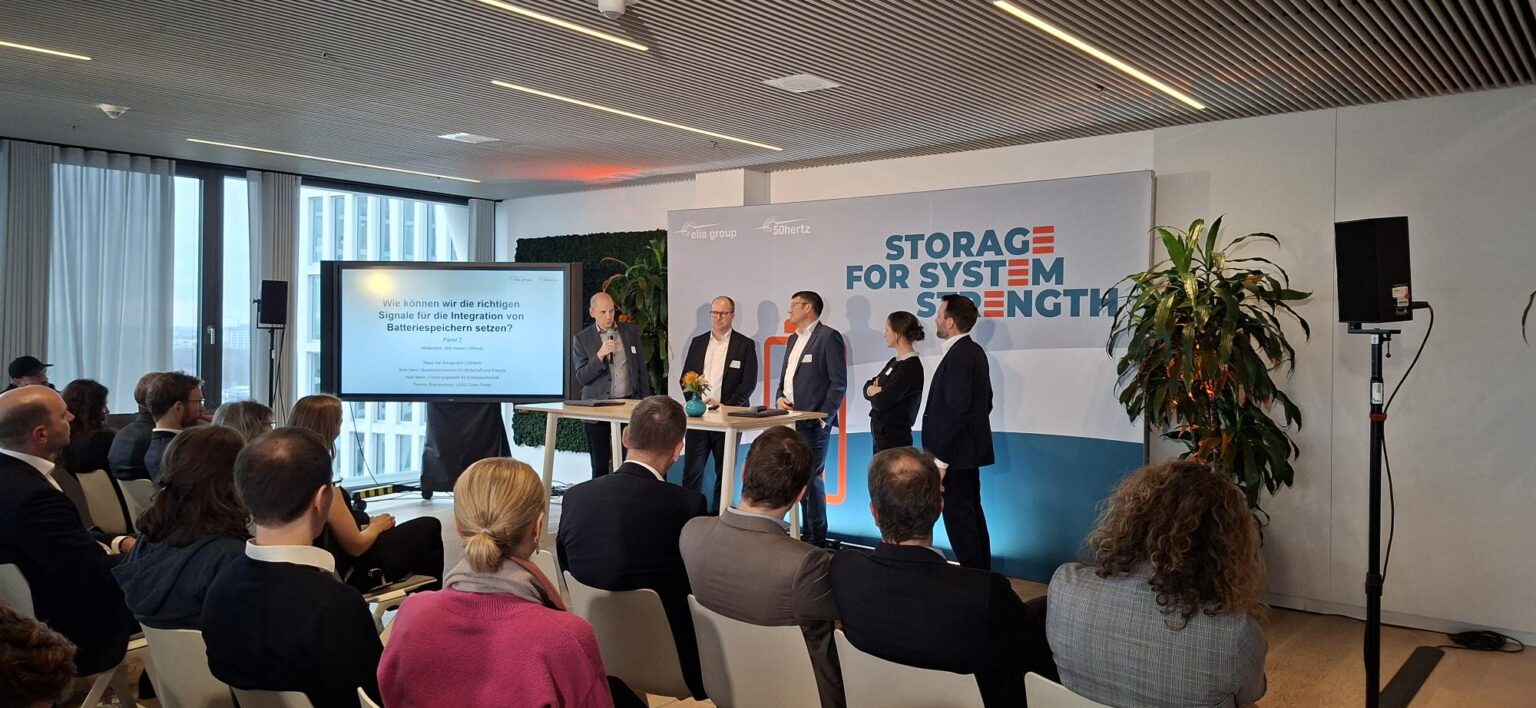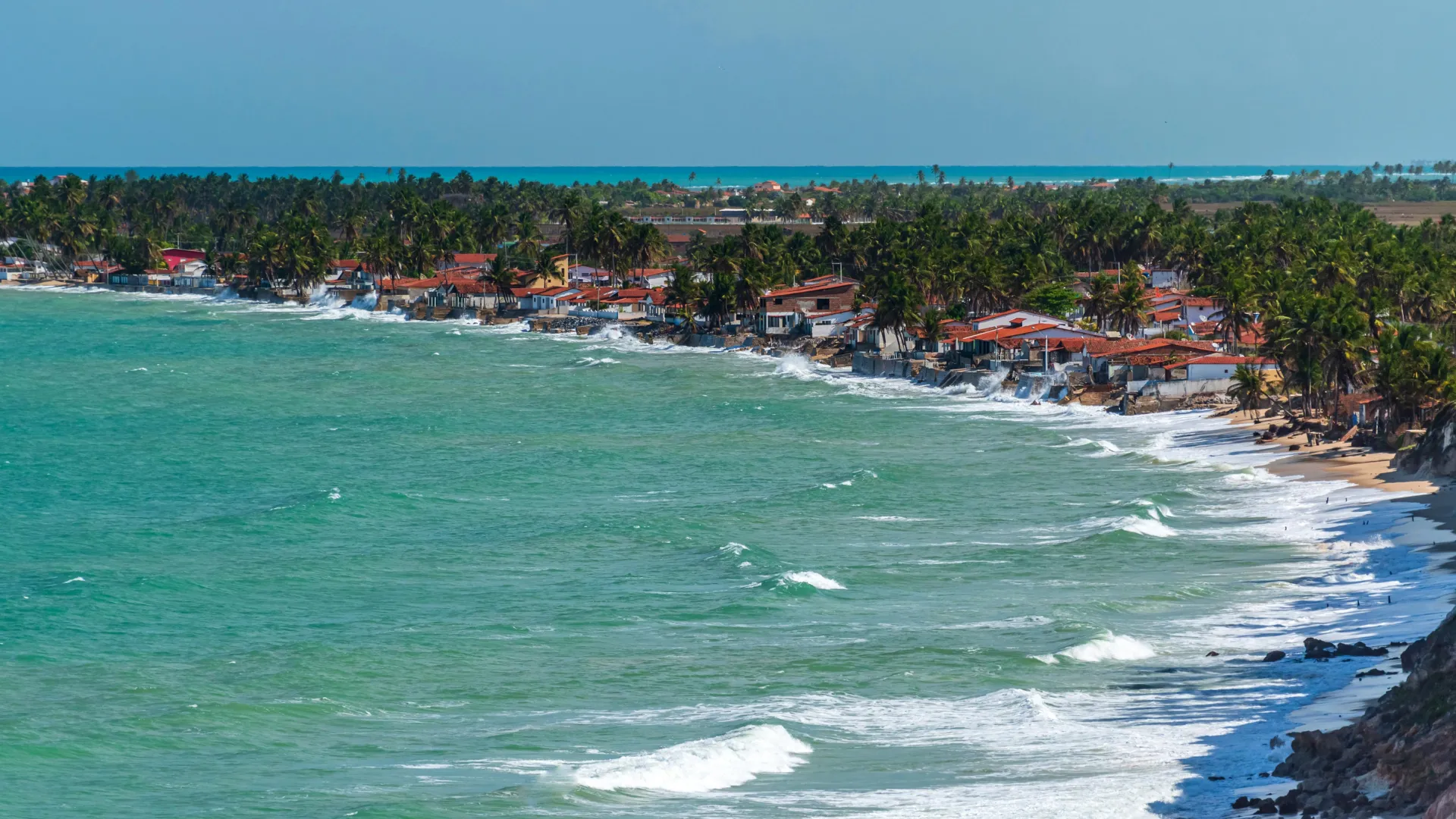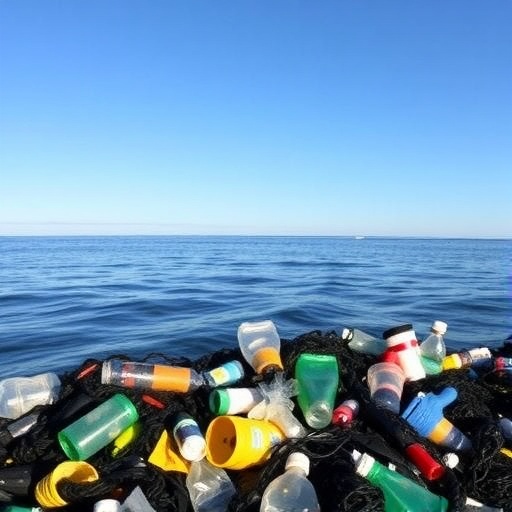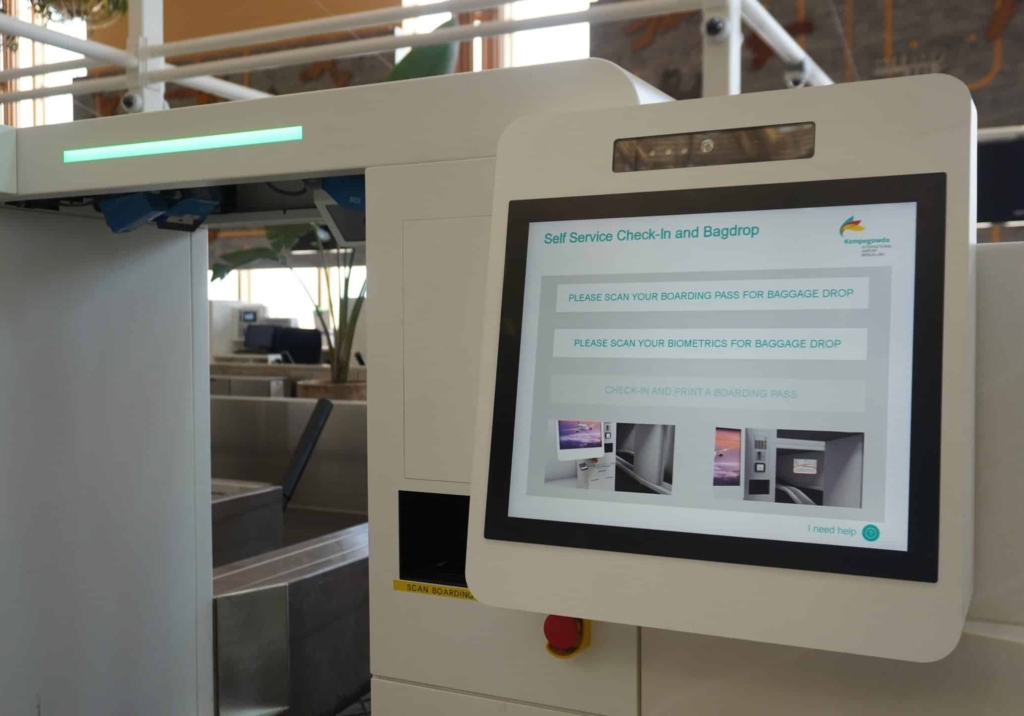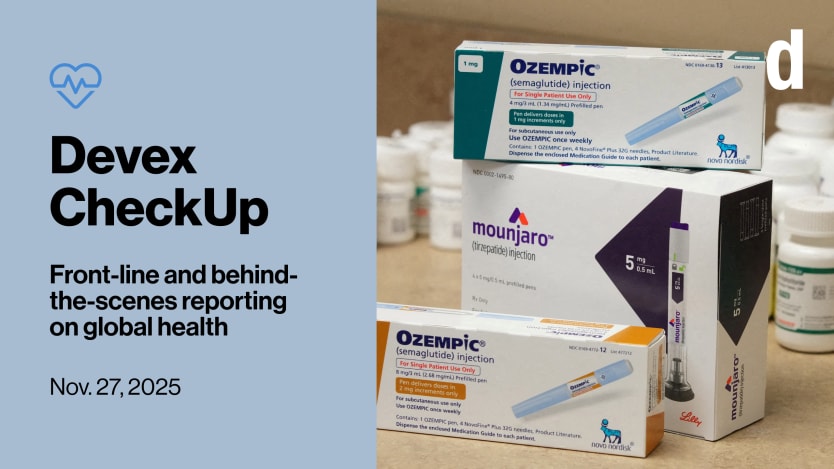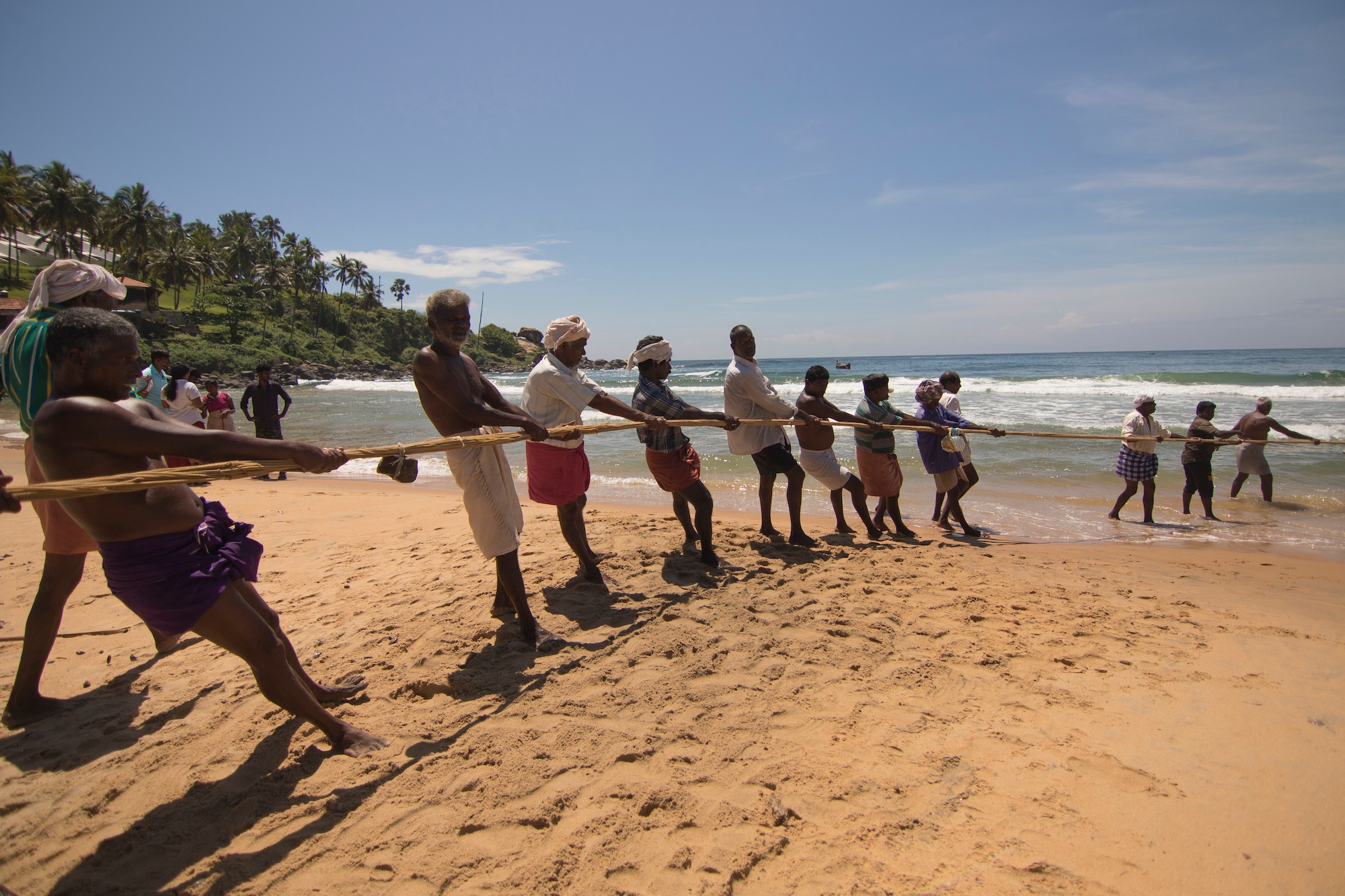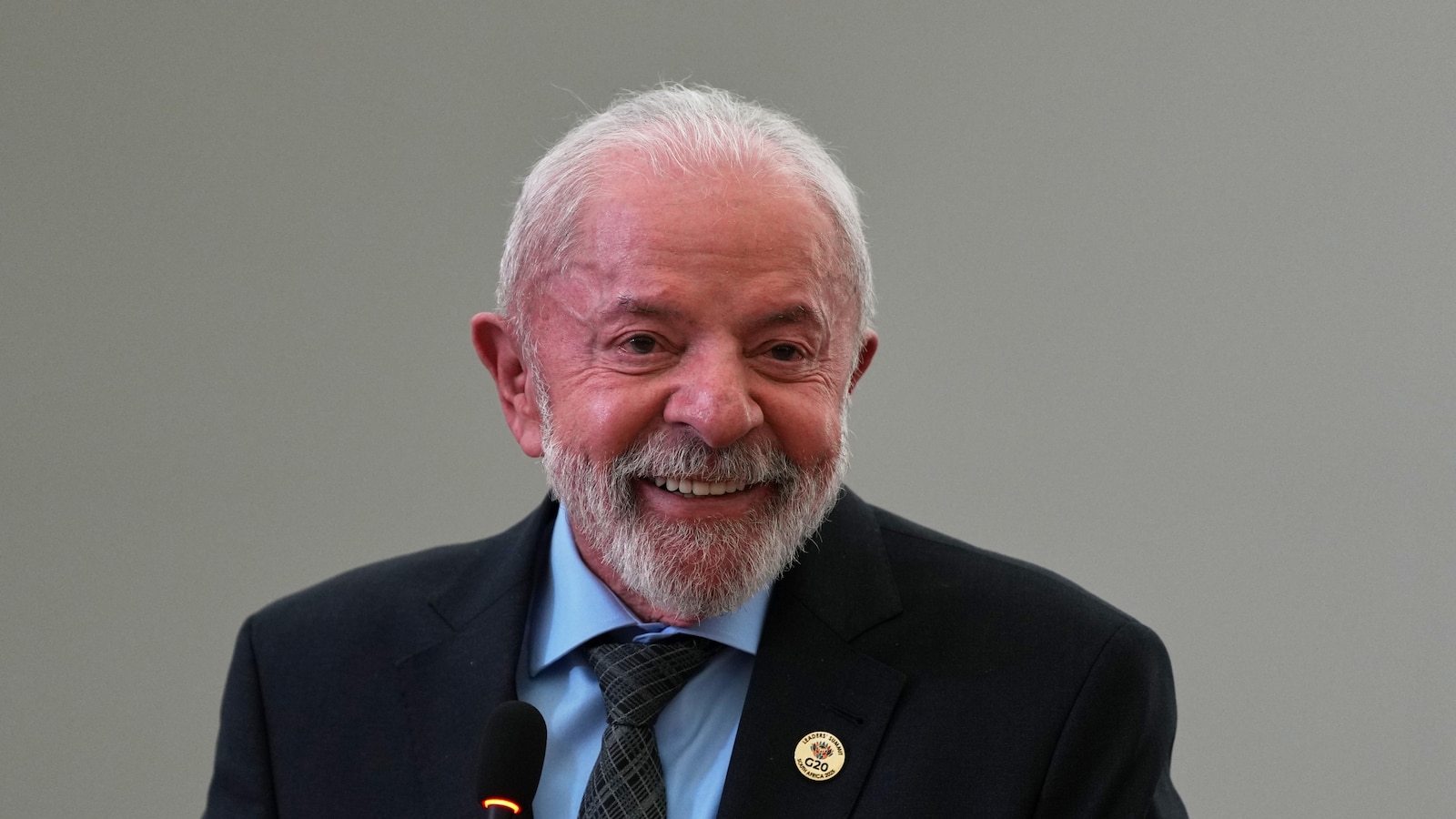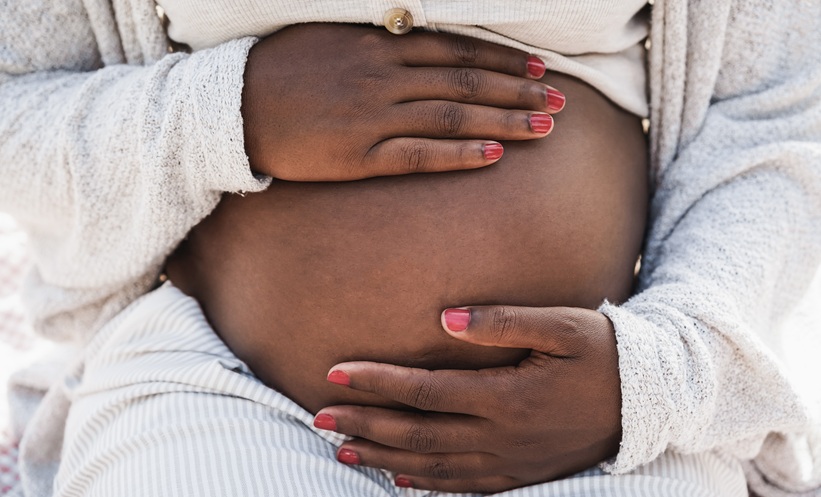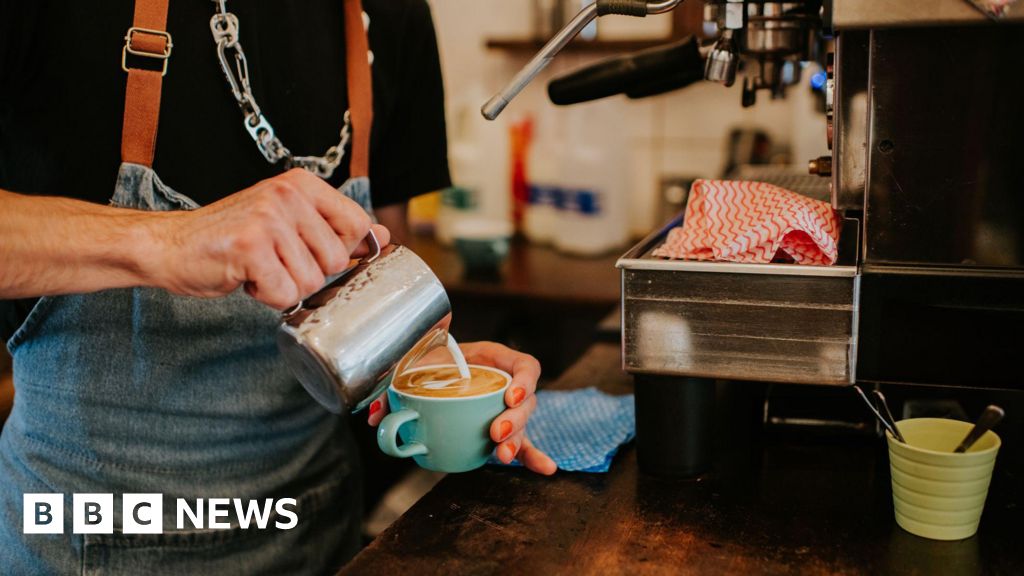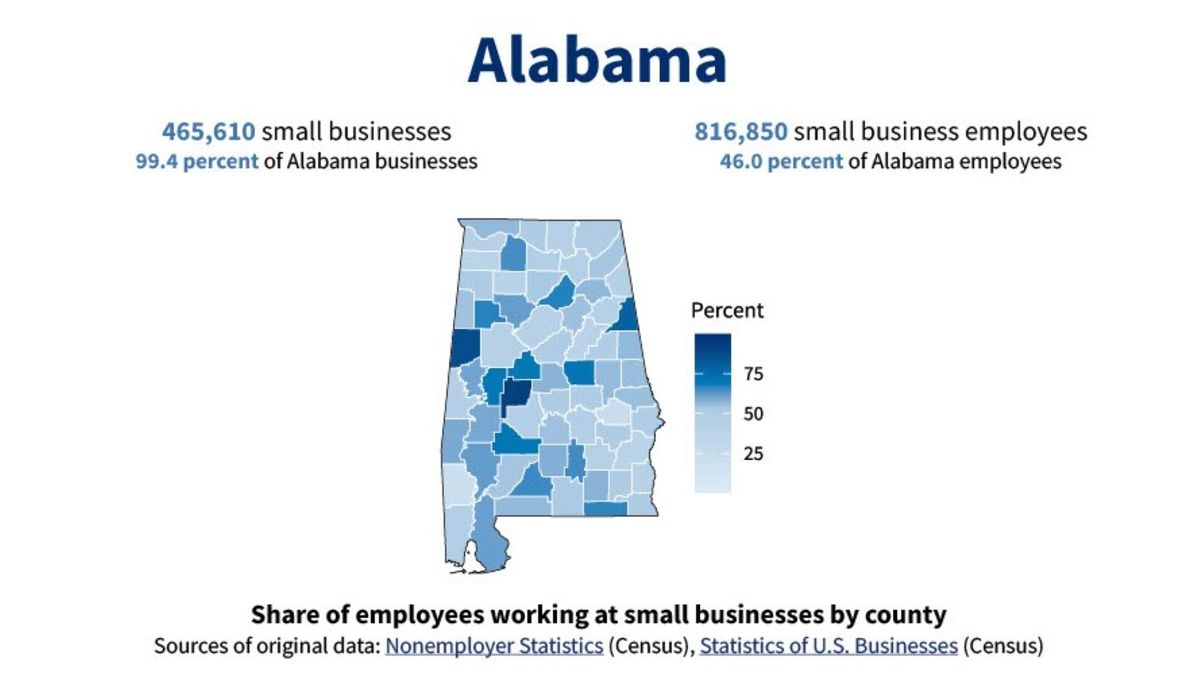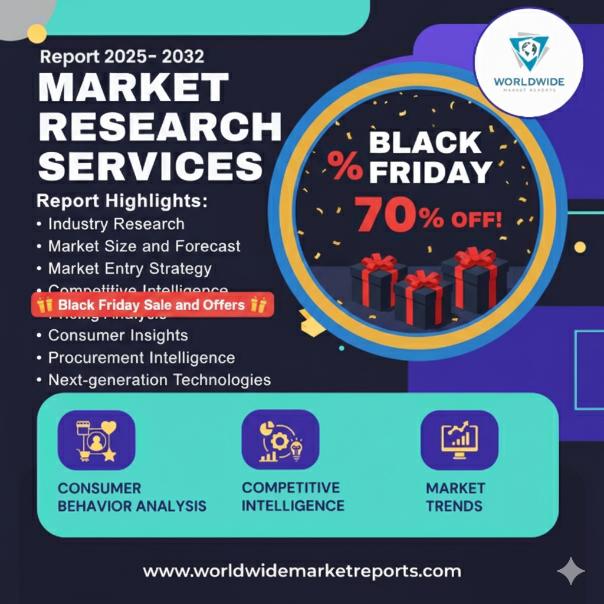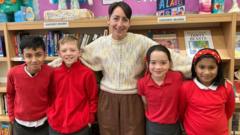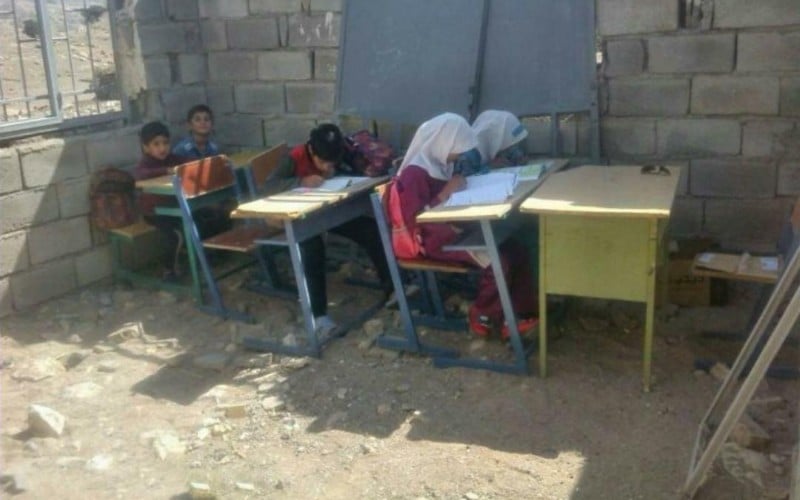Many Hopes: Child Protection in Ghana and Latin America – BORGEN Magazine
.jpg?#)
Report on Child Labor in Ghana and Survivor-Led Interventions
Introduction: The Challenge to Sustainable Development
In 2023, the persistence of child labor in Ghana presents a significant obstacle to achieving multiple Sustainable Development Goals (SDGs). Data indicates that over 1.1 million children between the ages of 5 and 7 are engaged in labor, representing approximately 10% of the age group. This issue is intrinsically linked to SDG 1 (No Poverty) and SDG 4 (Quality Education), as a majority of these children are from rural areas, and nearly 458,000 have either never attended school or have dropped out. The prevalence of child labor in sectors such as farming, family support, and services, including hazardous work in fishing and mining, perpetuates a cycle of poverty that undermines national development efforts.
Governmental and NGO Responses Aligned with SDG 17
Ghana’s National Strategy
In alignment with SDG 17 (Partnerships for the Goals), the Government of Ghana, in collaboration with UNICEF, the International Labour Organisation (ILO), and civil society organizations, launched the Ghana Accelerated Action Plan Against Child Labour (2023-2027) in June 2023. The plan aims to address the root causes of child labor, including poverty, inadequate social safety nets, and barriers to education. However, challenges remain in the uniform enforcement of child protection measures, especially in rural regions with limited institutional capacity.
The Many Hopes Survivor-Led Model
The nonprofit organization Many Hopes employs a survivor-led intervention model in Ghana and Latin America that directly addresses several SDGs. The organization’s mission is not limited to rescue from slavery and abuse but extends to equipping survivors with the education and leadership skills necessary to become agents of change. This long-term approach is designed to create sustainable impact by empowering local communities from within.
- Rescue and Rehabilitation: Providing immediate shelter and trauma-informed care for children rescued from exploitation.
- Education and Empowerment: Ensuring access to quality education from primary level through to university or vocational training, directly supporting SDG 4.
- Leadership Development: Investing in long-term mentorship to cultivate a new generation of leaders who can advocate for systemic change, contributing to SDG 16 (Peace, Justice and Strong Institutions).
Case Studies in SDG Implementation
Tackling Forced Labor (SDG 8.7) at Lake Volta
Lake Volta is an epicenter for child slavery, with an estimated 21,000 children forced to work in the fishing industry. Many Hopes partners with local leaders like James Kofi Annan, a survivor of child slavery himself, to rescue and rehabilitate children. This initiative is a direct effort to achieve SDG Target 8.7, which calls for the eradication of forced labor and the worst forms of child labor. By empowering survivors to lead rescue efforts, the model builds trust and ensures culturally relevant interventions.
Promoting Gender Equality (SDG 5) and Education (SDG 4) in Latin America
In rural Guatemala, Many Hopes partners with local educators to support girls rescued from domestic servitude and trafficking. The program ensures their enrollment in school while also providing nutritional support and training on preventing gender-based violence. This integrated approach simultaneously advances SDG 4 (Quality Education) and SDG 5 (Gender Equality) by empowering girls and addressing systemic vulnerabilities.
Measuring Impact Through Sustainable Leadership
Creating a Cycle of Empowerment
The success of the Many Hopes model is measured by its ability to transition survivors into leaders. This focus on long-term empowerment directly addresses the critical gaps in anti-trafficking efforts often identified by UNICEF, where children may otherwise return to exploitative situations. The organization’s impact is demonstrated through its alumni, who have become professionals and advocates in their own right.
- Graduates have pursued careers as teachers, therapists, doctors, and nurses, contributing to community well-being and economic development (SDG 3 and SDG 8).
- One beneficiary is completing law school with the goal of reforming child labor laws in Ghana, a direct contribution to SDG 16 by strengthening justice and institutions.
By placing survivors in positions of influence, the model creates a sustainable feedback loop of protection and advocacy, breaking intergenerational cycles of poverty (SDG 1) from within the community.
Conclusion: A Blueprint for Achieving the 2030 Agenda
While child labor remains a global crisis, with 160 million children affected worldwide, the survivor-led model pioneered by Many Hopes offers a powerful and replicable blueprint for achieving the Sustainable Development Goals. This approach demonstrates that linking rescue efforts to long-term investments in education (SDG 4), leadership development, and institutional reform (SDG 16) is essential for creating lasting change. For governments and NGOs seeking to meet SDG targets, models built on local empowerment and survivor leadership provide a clear and impactful path forward.
SDGs Addressed in the Article
SDG 1: No Poverty
- The article identifies poverty as a primary driver of child labor in Ghana. It mentions that the government’s “Accelerated Action Plan Against Child Labour” aims to tackle “root causes like poverty.” The work of Many Hopes, by providing education and pathways to professional careers, directly addresses breaking “cycles of poverty from within.”
SDG 4: Quality Education
- The article highlights a significant educational crisis linked to child labor, stating that “more than 1.1 million children aged 5 to 7 years old were working in 2023… with the majority… often missing school.” It specifies that “Nearly 458,000 of these children had never attended school or dropped out entirely.” Many Hopes’ intervention model is heavily focused on education, providing “access to primary and secondary education” and “long-term mentorship through university or vocational training.”
SDG 5: Gender Equality
- While the main focus is on Ghana, the article mentions the work of Many Hopes in Latin America, where it “partners with grassroots educators in rural Guatemala to ensure girls rescued from domestic servitude or trafficking are enrolled in local schools, where they also receive… gender-based violence prevention training.” This directly addresses the vulnerability of girls to specific forms of exploitation.
SDG 8: Decent Work and Economic Growth
- This is the most central SDG in the article. The entire piece revolves around the issue of child labor, which is a core concern of SDG 8. The article provides specific statistics, such as “more than 1.1 million children aged 5 to 7 years old were working in 2023,” and describes hazardous work in “commercial fishing fueled by child slavery” and gold mining.
SDG 16: Peace, Justice, and Strong Institutions
- The article discusses severe institutional failures regarding child protection, mentioning “child slavery, abuse and abandonment” and “trafficking.” It notes that “enforcement and child protection in Ghana remain uneven.” The goal of a Many Hopes beneficiary to finish “law school and plans to work in policy reform to strengthen child labor laws in Ghana” is a direct effort to build stronger institutions and justice systems to protect children.
SDG 17: Partnerships for the Goals
- The article explicitly showcases multi-stakeholder partnerships. It details the “collaboration between the government, United Nations International Children’s Emergency Fund (UNICEF), the International Labour Organisation (ILO) and civil society groups” in launching Ghana’s action plan. Furthermore, the entire operational model of Many Hopes is based on working “through local partners” to deliver its services.
Specific Targets Identified
Target 4.1: By 2030, ensure that all girls and boys complete free, equitable and quality primary and secondary education.
- The article’s focus on the “458,000… children [who] had never attended school or dropped out entirely” and Many Hopes’ provision of “access to primary and secondary education” directly relates to this target.
Target 5.2: Eliminate all forms of violence against all women and girls in the public and private spheres, including trafficking and sexual and other types of exploitation.
- This target is identified through the description of Many Hopes’ work in Guatemala, which rescues “girls… from domestic servitude or trafficking” and provides “gender-based violence prevention training.”
Target 8.7: Take immediate and effective measures to eradicate forced labour, end modern slavery and human trafficking and secure the prohibition and elimination of the worst forms of child labour… and by 2025 end child labour in all its forms.
- This is the most prominent target. The article’s core subject is child labor in Ghana, including its worst forms like “hazardous work in fishing and gold mining” and “child slavery” on Lake Volta, where an “estimated 21,000 children are currently enslaved.”
Target 16.2: End abuse, exploitation, trafficking and all forms of violence against and torture of children.
- The mission of Many Hopes to “rescue children in Africa and Latin America from slavery and abandonment” and rehabilitate them from “slavery, abuse and abandonment” directly aligns with this target. The mention of “trafficking” and “child slavery” reinforces this connection.
Target 17.17: Encourage and promote effective public, public-private and civil society partnerships.
- The article provides a clear example of this target in action with Ghana’s “Accelerated Action Plan Against Child Labour (2023-2027),” described as a “collaboration between the government, UNICEF, the ILO and civil society groups.”
Indicators for Measuring Progress
Indicator 8.7.1: Proportion and number of children aged 5-17 years engaged in child labour, by sex and age group.
- The article provides explicit data points that serve as this indicator:
- “more than 1.1 million children aged 5 to 7 years old were working in 2023.”
- This number accounts for “approximately 10% of children in that age group.”
- “an estimated 21,000 children are currently enslaved on fishing boats” on Lake Volta.
Implied Indicator for Target 4.1 (School Attendance/Completion Rate)
- The article implies an indicator for educational progress by stating that “Nearly 458,000 of these children had never attended school or dropped out entirely.” A reduction in this number would measure progress towards ensuring all children attend and complete their education.
Implied Indicator for Target 16.2 (Number of children rescued from violence and exploitation)
- While not providing a total number, the work of Many Hopes to “rescue children… from slavery and abandonment” and the specific mention of James Kofi Annan’s work to “rescue others” from slavery on Lake Volta imply that the number of children rescued is a key metric for success. The article notes an investment of “$1000 can support one child from rescue through therapy, education and leadership development,” which can be used to quantify the scale of intervention.
Summary Table of SDGs, Targets, and Indicators
| SDGs | Targets | Indicators |
|---|---|---|
| SDG 1: No Poverty | 1.3: Implement nationally appropriate social protection systems and measures for all. | The article implies progress can be measured by a reduction in child labor numbers resulting from poverty alleviation efforts and strengthened “societal safety nets.” |
| SDG 4: Quality Education | 4.1: Ensure that all girls and boys complete free, equitable and quality primary and secondary education. | The number of children out of school (“Nearly 458,000… had never attended school or dropped out entirely”). Progress is measured by the number of rescued children enrolled in primary, secondary, and tertiary education. |
| SDG 5: Gender Equality | 5.2: Eliminate all forms of violence against all women and girls, including trafficking and exploitation. | The number of girls rescued from “domestic servitude or trafficking” and the number participating in “gender-based violence prevention training.” |
| SDG 8: Decent Work and Economic Growth | 8.7: End forced labour, modern slavery, human trafficking, and the worst forms of child labour. | Indicator 8.7.1: “more than 1.1 million children aged 5 to 7 years old were working” (10% of the age group); “an estimated 21,000 children are currently enslaved on fishing boats.” |
| SDG 16: Peace, Justice, and Strong Institutions | 16.2: End abuse, exploitation, trafficking and all forms of violence against children. | The number of children rescued from “slavery, abuse and abandonment.” The development of stronger “child labor laws” and improved “enforcement and child protection.” |
| SDG 17: Partnerships for the Goals | 17.17: Encourage and promote effective public, public-private and civil society partnerships. | The existence and implementation of the “Accelerated Action Plan Against Child Labour,” a collaboration between the government of Ghana, UNICEF, ILO, and civil society groups. |
Source: borgenmagazine.com

What is Your Reaction?
 Like
0
Like
0
 Dislike
0
Dislike
0
 Love
0
Love
0
 Funny
0
Funny
0
 Angry
0
Angry
0
 Sad
0
Sad
0
 Wow
0
Wow
0

